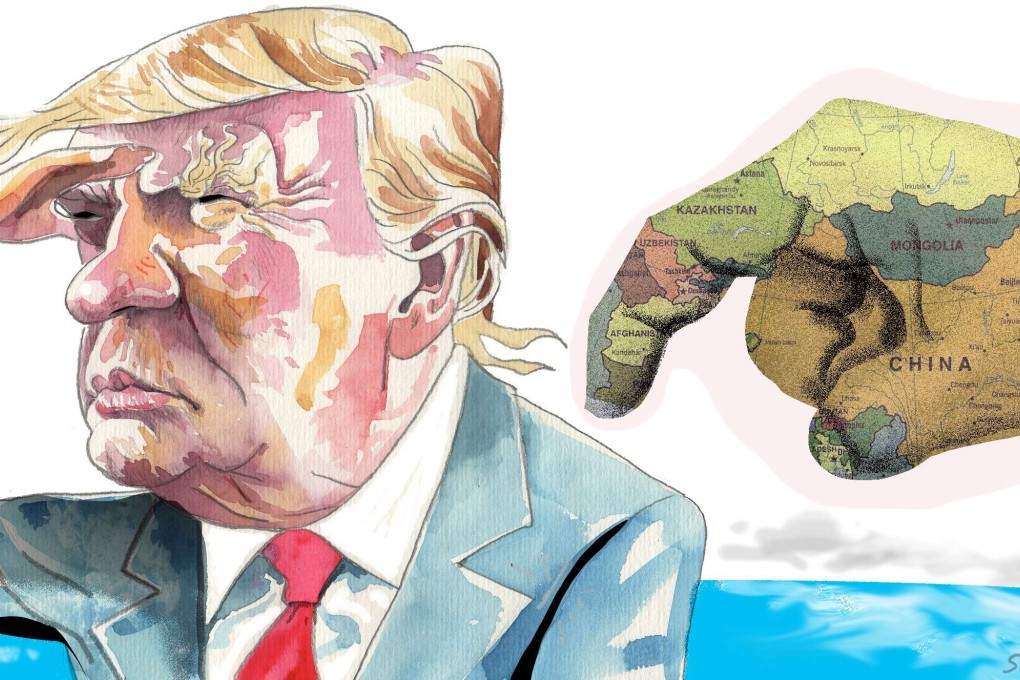The US can no longer overlook Asia’s re-emerging great powers
Douglas H. Paal says the incoming Trump administration will need to reassess the geopolitical realities as Russia, China and India join the US in defining the future of the region


Trump’s self-defeating vision of Fortress America must not become reality
On trade, Trump wants to pursue more advantageous bilateral free trade agreements rather than the TPP. This might have the benefit of building on the agreements reached under the TPP, but it offers the disadvantage of risking exposure of American and other businesses to a crazy quilt of mismatched rules and tariffs. The Obama administration mismanaged the politics and procedures of the TPP, and the price of failure will be high, including giving China the lead in advancing multilateral trade agreements in the region at the expense of America’s traditional lead.
An alliance between the US, China and Russia: is the world ready for it?
On defence spending, Trump is pushing against an open door in Japan, where Prime Minister Shinzo Abe welcomes foreign pressure to move his country to more spending and readiness on defence. Given Japan’s deep pacifism, however, movement in this direction can be expected to be halting and limited.
South Korea is in a political crisis caused by a scandal, but because of the threat from the North and the need for strategic support, Seoul should also be willing to boost its contribution to defence. But, with an election coming next year, the contest between conservative and liberal candidates is likely to lead to sharp debate.
North Korea has every incentive to step up provocations next year, both to test its new weapons to improve them, and also to rattle the South Korean voting public in an election year, hoping to return a liberal government to power. Previous liberal governments have been more generous to and less demanding of Pyongyang. The North’s provocations are likely to occur early and often, probably even before Trump can assemble a team in depth to manage this increasingly grave challenge to peace in the region. They should begin thinking about this challenge now.
Elsewhere, a legacy of the Obama administration is the apparent demise of the rebalance or pivot to Asia, America’s emblematic major effort to define the region. TPP was the economic leg of the rebalance and is now gone. The diplomatic leg continues but needs work to make up for its emphasis on defence rather than development and regional civilian architecture. The security leg was overplayed, more rhetorically than in substance, leaving an impression of trying to contain rather than balance China, without the clout to follow through.
